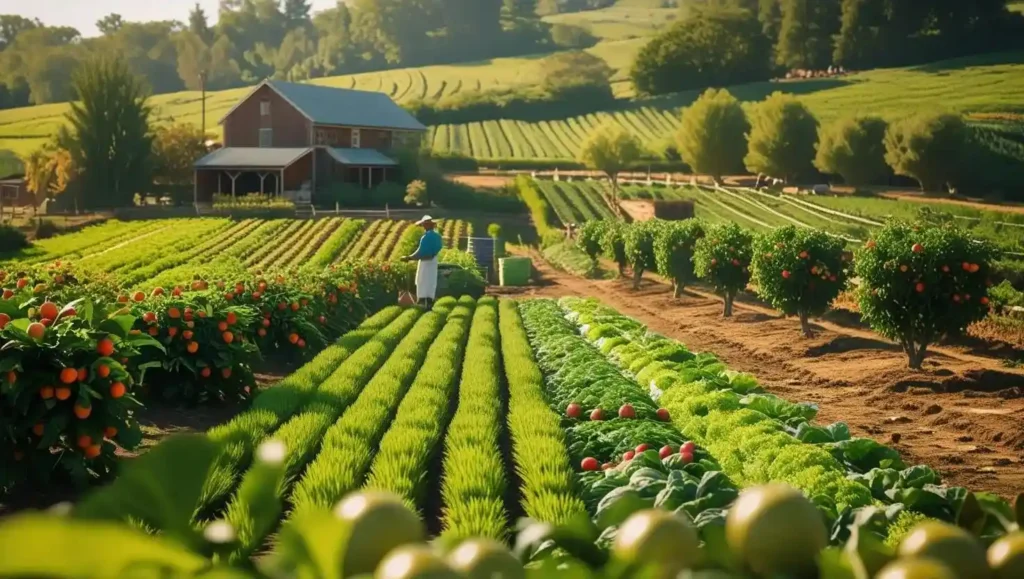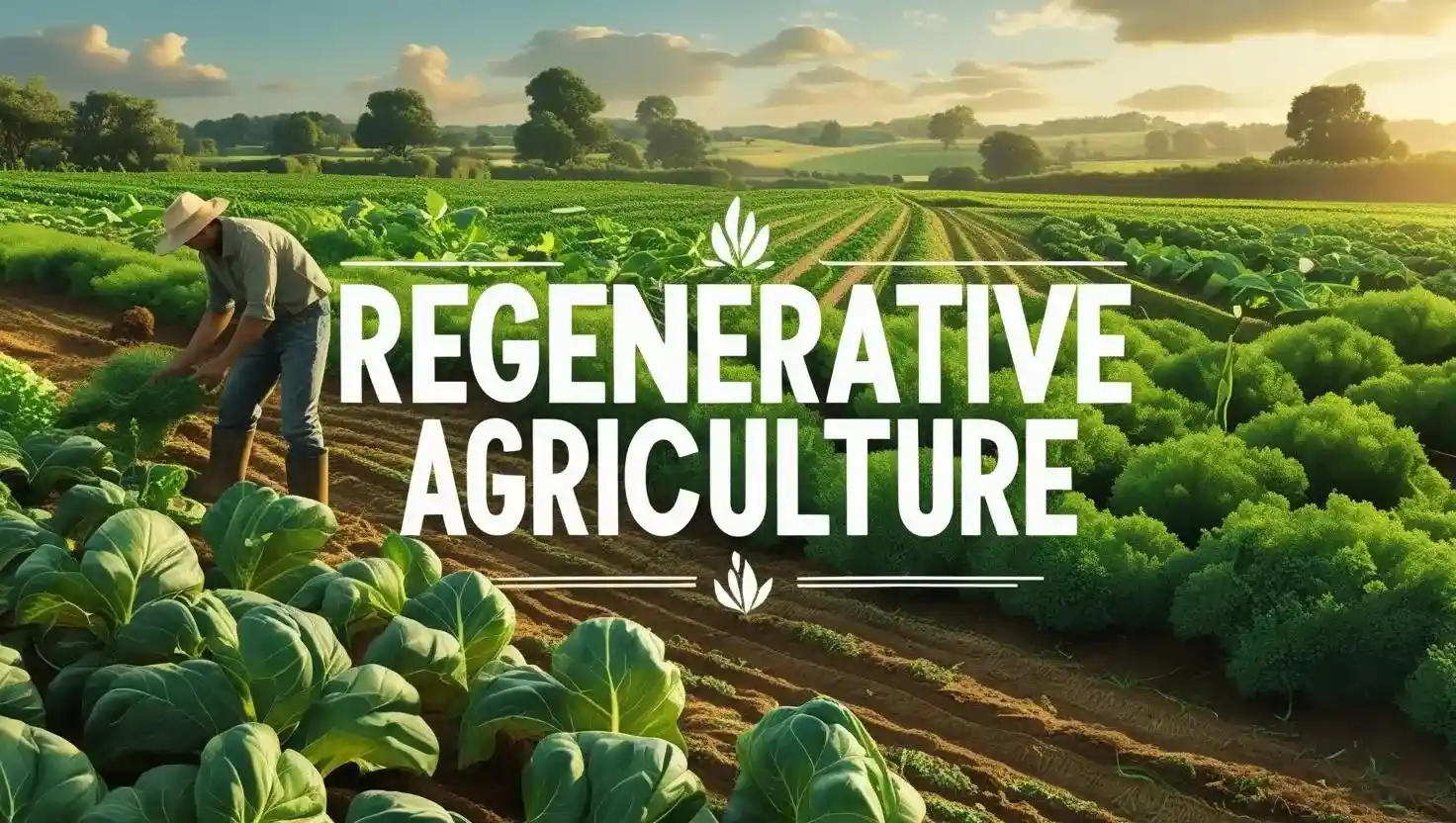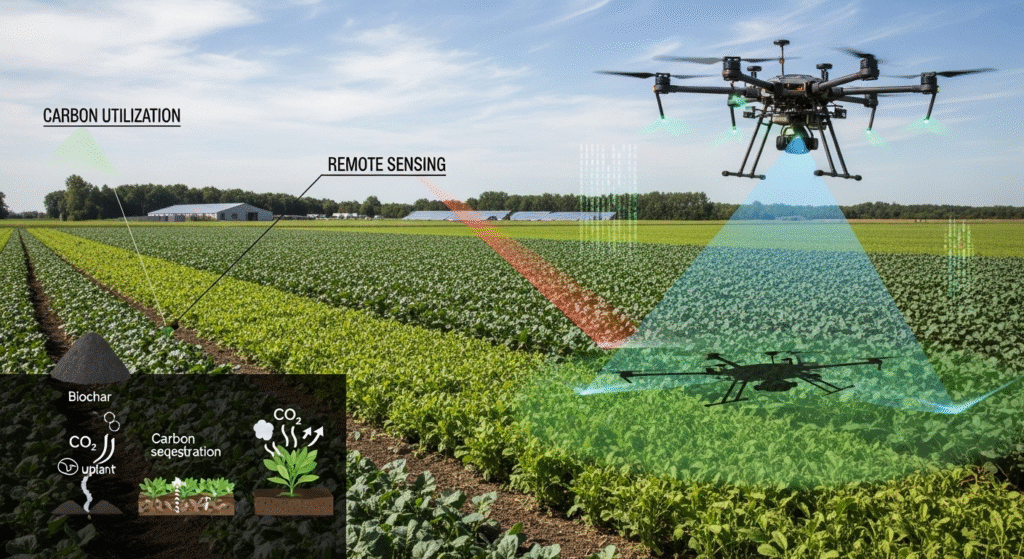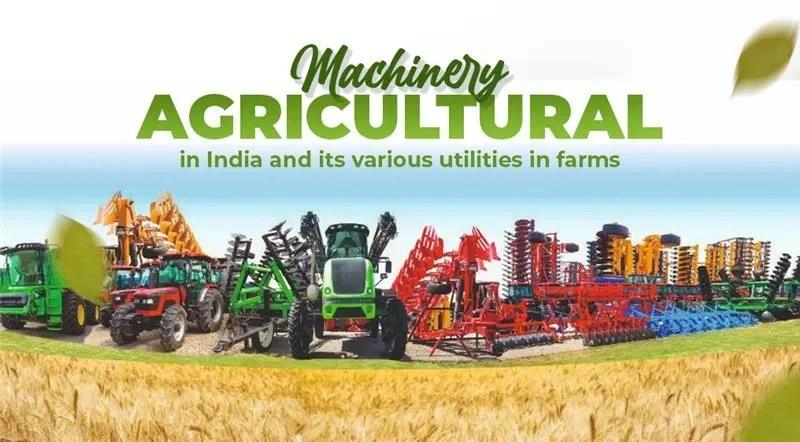Regenerative agriculture has emerged as an answer to the environmental challenges that emerged from conventional agriculture, it relies upon improving land health, enhancing biodiversity, and balancing the ecosystem, and makes an attempt to overcome soil degradation, and climate change, it is seen as a prominent approach to revamp our agricultural system and foster a well-developed planet.
In this blog will try to understand what is meant by regenerative agriculture. It is a mechanism and a tool, it is a technique to reduce and reverse greenhouse gas emissions. It is viewed as a technique that is beyond sustainable development. Its emphasis is on creating a reservoir of carbon in the soil.
It relies upon futuristic agriculture, which is the assimilation of ancient knowledge with modern scientific research and technology. A futuristic relationship exists between humans, crops, animals, and linking them with soil and the ecosystem.
There exists a complex relationship between human beings, animals, crops, and the ecosystem.
It aims to create an agricultural system that breaks the silence of racism and other injustices (it’s a knowledge-based revolution). Despite agriculture abundance available to mankind, global food and ecological systems are going through continuous crises.
Including soil depletion, water contamination, greenhouse gas emission, farm bankruptcy, wealth disparities, and poverty.
Regenerative agriculture is a judicious and rational approach that enhances the functionality of the system, which enhances the biological function. Its prime focus is improving the socio-economic system.
It helps in supporting bio sequestration, enhancing resilience to climatic changes, and strengthening the health of the soil.
Its functionality relies upon the recycling of the farm waste and is based on agroforestry and restoration ecology. It believes in mitigating climate change through carbon sequestration.
You can Also Read this: How AI in agriculture and Robotics are revolutionizing organic farming
Measuring sustainable organic farming.

Organic farming is the production of crops without the use of chemical fertilizers or pesticides. The cultivation of organic farming is done with a single objective to produce in nature nature-friendly manner.
Without disturbing the ecosystem, organic farming starts with maintaining the soil health without disturbing the flora and fauna. It completely adheres to the principle of an Eco-friendly system of cultivation and uses bio-fertilizers to recycle the soil health and avoid the negative impact of irrigation on the environment and vice versa.
It is a unique production methodology that promotes ecosystem health and other biodiversity. It avoids the usage of synthetic fertilizers, pesticides, etc., strives for sustainability increases soil fertility. It relies upon carbon sequestration with less energy use.
Achieving climate-smart agriculture (CSA)
It is a guided approach that aims to transform the agricultural system towards greener and more resilient practices. It supports the Sustainable Development Goals. It depends upon three main objectives-
. To enhance productivity in a sustainable manner
. Adapting and maintaining resilience to climatic conditions
. Reduction in greenhouse gas emissions
The CSA ( it completely relies upon the 4 betters) has better productivity, better nutritional development, better environmental changes, and better life for all.
It may be viewed as an approach for transformation and innovations, and reorienting agricultural development under the tremendous concept of climate change and its effect on crop production and food health.
It is an agricultural method that enhances productivity in sustainable methods, increases resilience, and achievement of national food security and developmental goals. It is a platform created for agricultural transformative practices to conduct research on agriculture in connection with climate change.
It is termed as an integrated approach to transform and reinvent the landscape, crop land, forest, and the fisheries in their entirety that address the interlinked challenges of food security and climate change.
The concept of CSA has emerged as a holistic approach to enhance food security and promotion of equitable, sustainable development while keeping in consideration the climatic issues.
Climate change and food insecurities pose the greatest challenges in attaining the sustainable Millennium Goals. A greater proliferation of sustainable food systems can not only heal the planet but also ensure the security of all living beings.
There is an estimation that global food production is expected to increase for the purpose of feeding the population of around 9.7 billion by the year 2050; exponentially, that increase in food production is linked with agricultural development.
CONCLUSION
According to Ronnie Cummins (regeneration international committee member), there is great potential for regenerative agriculture, which is land use practices to naturally sequestration of carbon CO2 in the soil and forest.
One of the best alternatives in the world is the regenerative agricultural practices in terms of land development and absorption of CO2 to handle global warming and address climate change issues.
The degeneration of the topmost layer of fertile soil and the harm to biodiversity are posing a threat to survival
There is evidence of soil destruction like soil erosion, desertification, erosion, and decarbonization in the future within 50 years, we will not only degenerate there will also be serious challenges to our health due to a degraded food supply characterized by low-quality food with low nutritional value.
It does not do any harm to the land but rather improvises it. With the help of technology that regenerates and revitalizes the soil and the environment. The regenerative leads to healthy soil, which is capable of producing high-quality. Rather than degrading the land. Which leads to productive farms.
It is a dynamic and holistic measure to incorporate such methodologies in agriculture to reinvent it in a new, modernized form, encapsulated with traditional knowledge.



